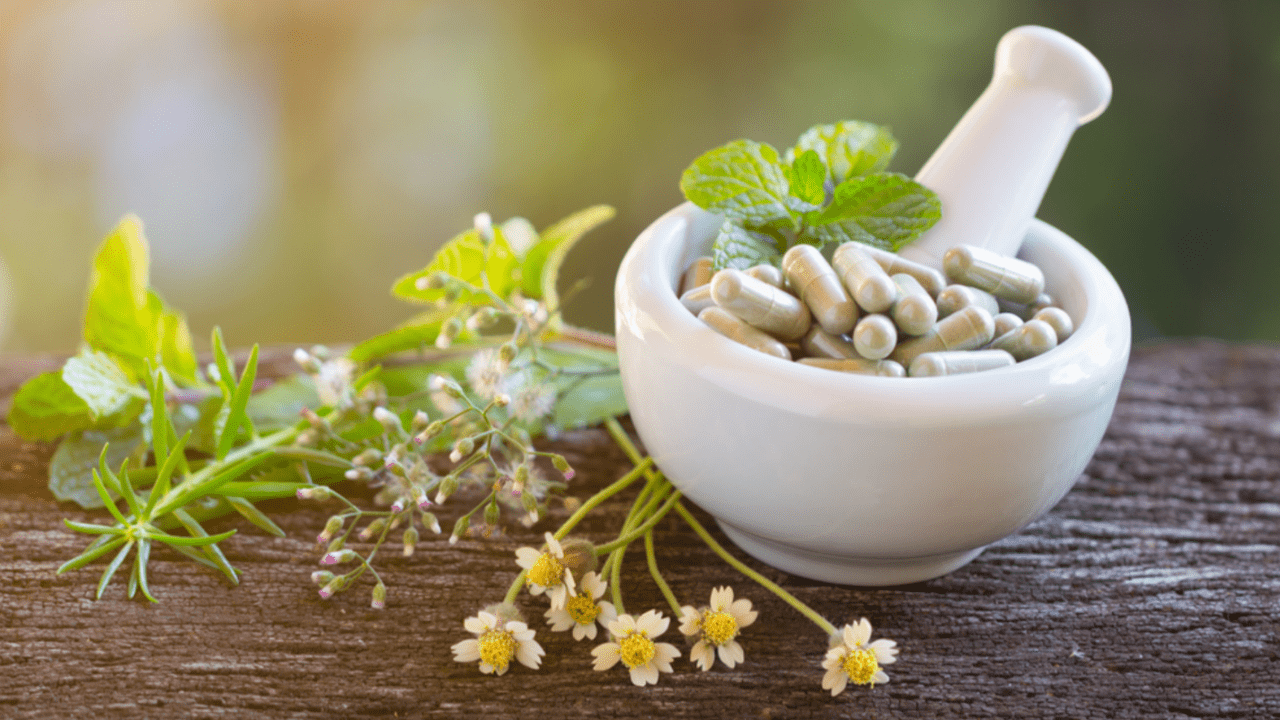WHO Guidelines on Safety Monitoring of Herbal Medicines: WHO guidelines provide practical technical guidance for monitoring the safety of herbal medicines within pharmacovigilance systems. The global consumption of herbal medicines is enormous, so that, in terms of population exposure alone, it is essential to identify the risks associated with their use. The safety of herbal medicines is an important public health issue. Herbal medicines are frequently used in conjunction with other medicines and it is essential to understand the consequences of such combined use and monitor whether any adverse effects are arising. This can be achieved most readily within existing pharmacovigilance systems,
Problems:
Among consumers, there is a widespread misconception that “natural” always means “safe” and a common belief that remedies from the natural origin are harmless and carry no risk. However, some medicinal plants are inherently toxic. Adverse effects may arise from the mistaken use of the wrong species of medicinal plants, incorrect dosing, and errors in the use of herbal medicines both by healthcare providers and consumers. Interactions with other medicines and the use of products contaminated with hazardous substances such as; toxic metals, pathogenic micro-organisms, and agrochemical residues can also cause adverse effects.
The objectives of these guidelines are:
- To support the Member States, in the context of the WHO International Drug Monitoring Programme.
- To provide practical technical guidance for monitoring the safety of herbal medicines within pharmacovigilance systems.
- To include herbal medicines in National drug safety monitoring systems.
- To provide standard definitions of terms relating to pharmacovigilance and safety monitoring of herbal medicines.
- To promote the safe and proper use of herbal medicines.
The WHO guidelines were developed with the view that, within current pharmacovigilance systems, monitoring of the safety of medicines should be enhanced and broadened in ways that will allow the successful monitoring of herbal medicines. It is not the intention to suggest that different systems should be instituted for this purpose.
However, because of the unique characteristics of the provision and use of herbal medicines, several technical issues need to be addressed if adequate and effective monitoring is to be introduced. The guidelines, therefore, identify the particular challenges posed in monitoring the safety of herbal medicines effectively and propose approaches for overcoming them. Special attention is also given to the reporting system for adverse reactions to herbal medicines and the analysis of the causes of the reported adverse reactions.
Currently, the majority of adverse events related to the use of herbal products and herbal medicines that are reported are caused by the poor product quality or improper use of herbal products. Member States are, therefore, encouraged to strengthen national regulation, registration and quality assurance, and control of herbal medicines. Also, national health authorities should give greater attention to consumer education and qualified practice in the provision of herbal medicines.
Make sure you also check our other amazing Article on : Preparation of Documents for Export Registration
